5 Great Perennials For Sunny Cape Cod Gardens
5 Great Perennials For Sunny Cape Cod Gardens
Here are five sun-loving perennials for gardens on Cape Cod. These are reliable and easy to grow plants, and bloom at different times in your garden.
Hubricht’s bluestar (Amsonia hubrichtii) is native to North America and grows well in sandy soils. It is drought tolerant and flowers in early spring. But this perennial draws attention in the summer and fall as well, even when it’s long past flowering. The fine, almost grass-like foliage is a perfect contrast to other perennials in the summer. In autumn, that foliage turns a brilliant yellow. This perennial is carefree from the moment it comes up in April until late October when you can cut the dead stems out of the garden. This variety of Amsonia grows about two to three feet tall and wide and it’s not a plant that’s favored by deer or bunnies.
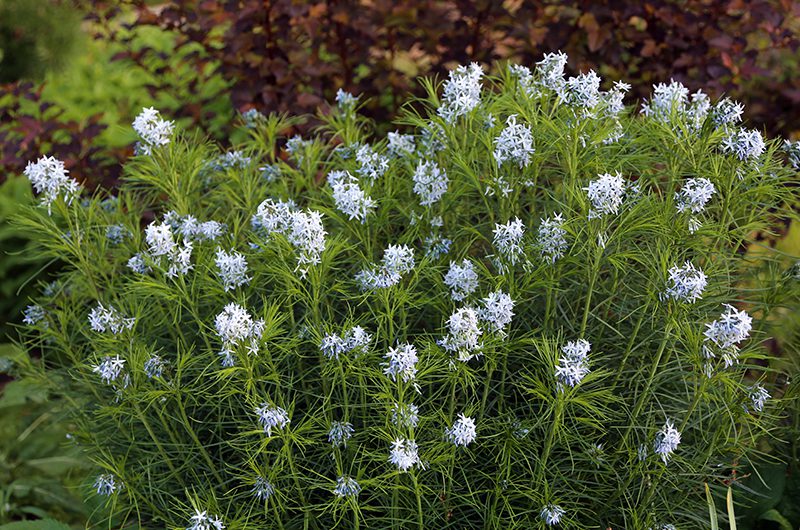
Lady’s mantle (Alchemilla mollis) is a versatile perennial that flowers in June. It’s great for cut flowers, especially stunning when combined with pink peonies in a vase! This perennial grows well in sun or part-shade in this region, and it grows to 1 1/2 to 2 feet tall. Rabbits don’t eat this Alchemilla, and it’s fairly weed-smothering in the garden. Lady’s mantle can self-seed if you don’t deadhead it, so if you want more plants, leave the seeds to develop and fall, but if you don’t wish it to spread, remove the flowers’ stems after they fade.
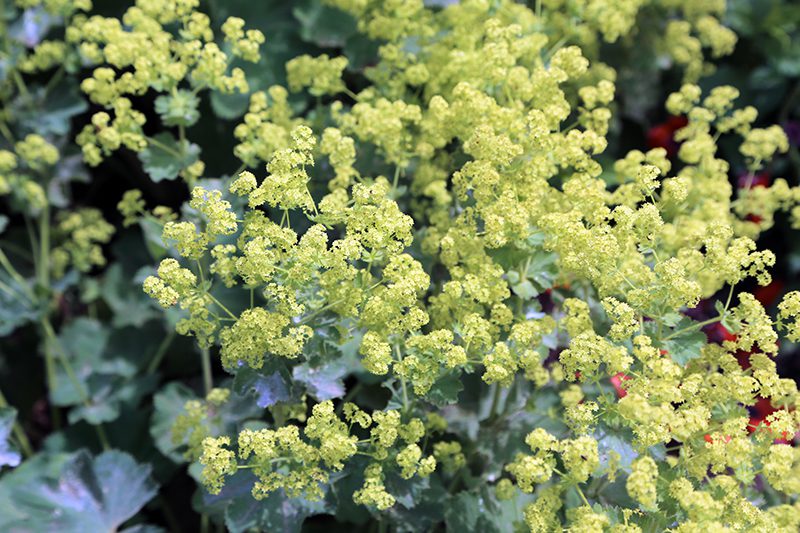
Butterfly weed (Asclepias tuberosa) is a short, brilliantly colored perennial that tolerates dry, sandy soils. It does well in a tended border, or as one of the components of a wildflower meadow. Bees and butterflies love the flowers, and Monarch larvae will feed on the foliage. Butterfly weed gently self-sows around the garden, but young plants are easily pulled if they appear where you don’t want them. Because this perennial flowers in late-June into July, it combines well with daylilies. Asclepias tuberosa grows to 1 1/2 feet to 2 feet tall.
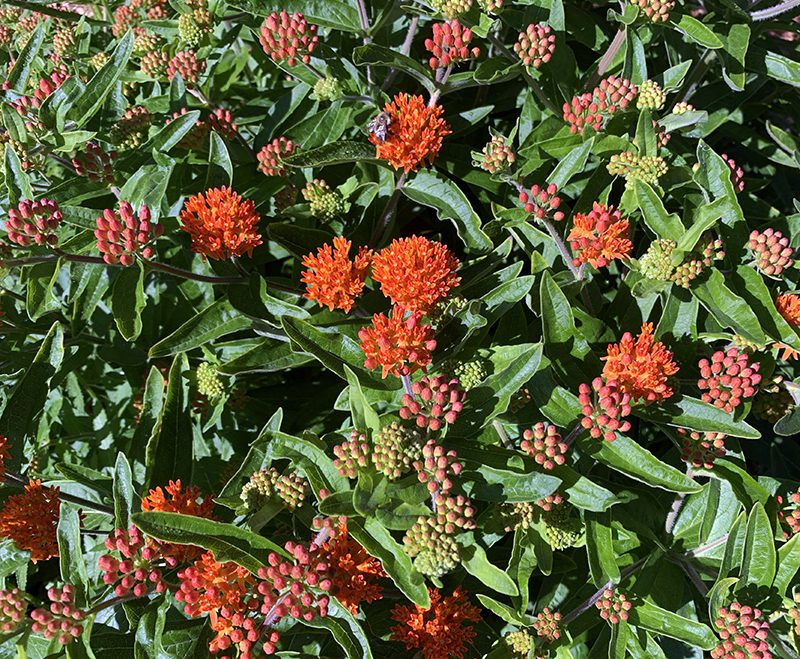
Volcano phlox (Phlox paniculata Volcano) You’ll love this variety of the popular summer phlox because it is shorter than many other types of this perennial. It’s also a reliable repeat bloomer if you cut off the first flowers once they fade. Volcano phlox varieties will produce new large clusters of flowers that last into the fall when deadheaded. There are several colors of in this line of phlox, and all are moderately mildew resistant. If your plants do get powdery mildew, strip those leaves off of the stem and throw them out; the plant very quickly will make new clean foliage. This is a strong and reliable plant that with deadheading can be in bloom from July through September.
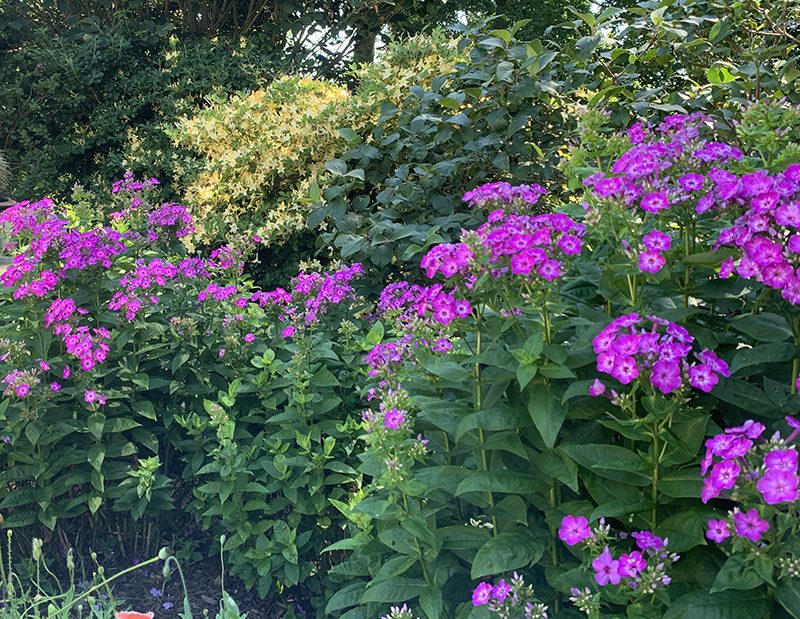
Hardy hibiscus (Hibiscus moscheutos hybrids) is a late-summer to fall flowering perennial. There are varieties that are short, medium, or tall, and a few that grow to seven feet. All have large, showy flowers at the top of their stems, and there are a variety of colors available. These plants are later to break dormancy than many perennials, but have no fear…they will appear once the days and nights are warm. The rabbits don’t eat hardy hibiscus, but do spray the leaves with spinosad (Captain Jack’s) around the Fourth of July because the larvae of the hibiscus sawfly will eat holes in the foliage. One application of Captain Jacks, sprayed under and on top of the leaves, will protect your plants nicely. Hardy hibiscus plants get about as wide as they are tall, so plan accordingly.
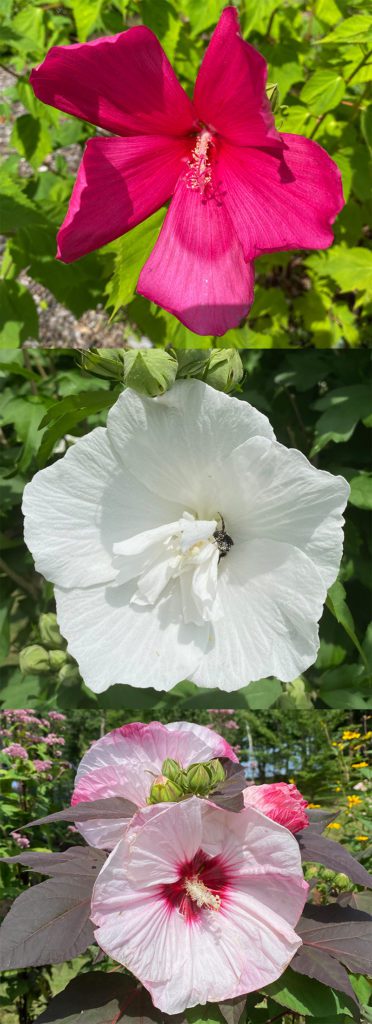
Next week we’ll feature 5 plants for the shady Cape Cod garden!
Subscribe To Our Newsletter
Sign up for our weekly email about sales and events.
